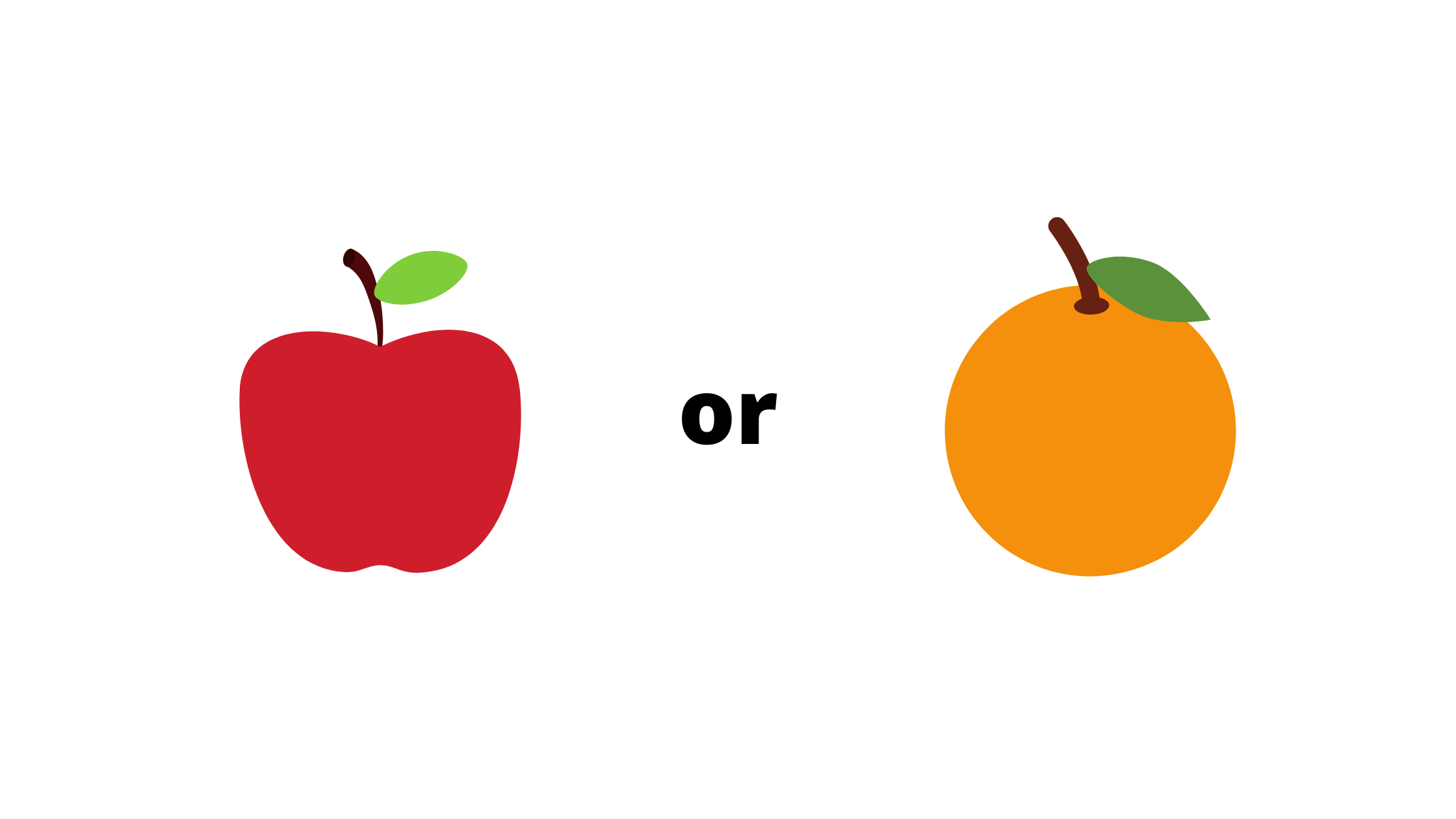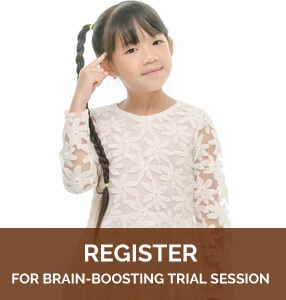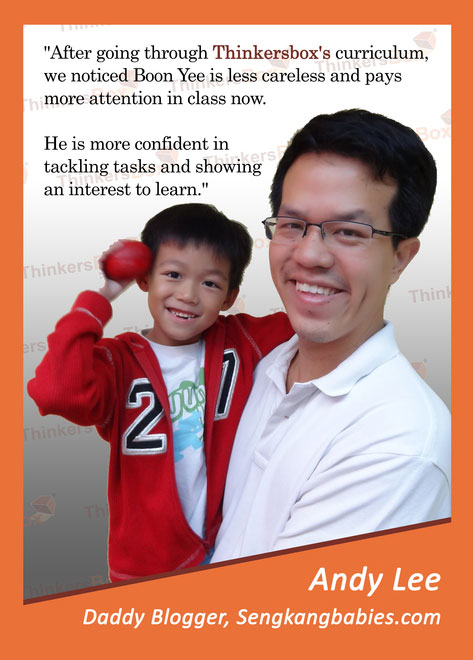
Talking is something that comes naturally to most children. Even in the youngest years, such as baby years, children verbalise through happy gurgles and endless babbling. Speech itself is one of the milestones in the developmental years. Children are constantly learning, from listening to the adults around them, the sounds that different things make and different tones in speech reflecting various emotions.
As children develop mentally, emotionally and behaviourally, their understanding of language increases along with their vocabulary. As they grow older, they are increasingly able to describe what they see, think, feel and want.
At a tender age when they are learning about the world, children seem to have everlasting curiosity, constantly “Why?” once they are able to structure and verbalize their thoughts. Sometimes they are so caught up in their own thoughts that they forget to stop and listen. There is just simply too much stimulation and activity around them. This can be a frustrating time for parents, especially during kinder years, when children are picking up knowledge required for early school years.
Instead of telling them to ‘Listen’, the important thing is to know how to get them to ‘Listen’. By knowing how to talk to them, you are not only teaching them how to listen, but how to converse with others.
Here’s a compilation of some pointers:
-
Names
Using your child’s name will help to get her attention. It will also tell your child that the request or instruction is meant for her.
-
Eye Contact
Visuals are important. Your child needs to focus in order to absorb the information presented to him. This does not just refer to written information but also verbal information. Thus getting to your child’s eye level will enable you to engage your child. Eye contact should not be seen as controlling, but rather to get his attention.

To credit School photo created by jcomp – www.freepik.com
-
Short & Simple, Repeat if You Follow
Using simple words and short sentences are essential. The longer the instructions are, the more it will be forgotten. By keeping the main focus of the task in a short instruction, your child will be able to grasp what it is that you would like them to do. If your child is able is able to repeat your request, it means that they understand what is expected of them.
This goes the same for parents. When a parent repeats what the child has said, it meant acknowledgement and affirmation, showing that parent is indeed paying attention to the child. Acknowledgement is important to a child as it makes them feel like they are part of a big picture. Let’s face it, nobody likes to slighted or ignored.
-
Listen – *Parent*
Communication goes both ways, one party listens, the other party talks. If both parties were talking, the odds of either party getting the entire message that each was trying to convey is tough. It is neither polite nor efficient. Parents too need to take time off to listen to their children. If you are unavailable for the moment, give a timeframe for you to get back to the child. Likewise, if you have committed a time, you have to stick to it. Keeping your word as it demonstrates trustworthiness.
-
Communication After the Meltdown
When children are extremely emotional, it is extremely difficult to convey a message to them. It is advisable that parents give them some time to calm down, be it sitting down, or taking deep breaths. Distress to a child brings distress to their parents too and when dealing with such situations, parents too need to keep calm. When the child has calmed down sufficiently.

-
Being Specific and Asking More
Instead of saying ‘Tell me more.’ or give a Yes/No question, parents can be more specific so as to offer guidance and encourage a child to share more of his experience.
For example, when you follow up with a question with one that acknowledges the child’s feelings such as “What has upsetted you? Why are you so angry?”, the child may open up more. This will allow parents to better understand what happened and how the child sees the situation. It also helps parents to understand the child’s feelings and how to guide the child along.
-
Request, Not Demand. Positive, Not Negative
People naturally react more positively to requests than demands. Using ‘I would like’ rather than ‘Do it now/You had better’, are better in situations where you are trying to convey the positive feelings about an action. Similarly, speaking politely will teach the child this is the expected behaviour from them. Incorporating ‘please’ and ‘thank you’ in everyday conversations will teach the child to behave similarly.

Picture Credits: technologyrocksseriously.com
Some good examples highlighted in give directive instructions:
> Instead of “You need to clear the table,” say “I need you to clear the table.”. Don’t ask a leading question when a negative answer is not an option. (AskDrSears)
There is a time and place for everything and saying it in a positive manner conveys this message more easily than telling the child ‘No’.
> Walk on the pavement so that you stay safe and don’t fall.
> Instead of “no running” – “Inside we walk, outside you may run.”
-
Choices
It is always nice to be given a choice. Children like to feel empowered and not forced into doing the things they do. Even if the alternatives are not his preferred ones, at least he gets to choose between which one he likes more.

-
Getting Down to Business
There are some matters that are not open to discussions and the appropriate way to end the conversation is by stating in a matter of fact tone ‘I am not changing my decision about this.’ This lets the child know that a shouting fiasco and argument will not be happening.







